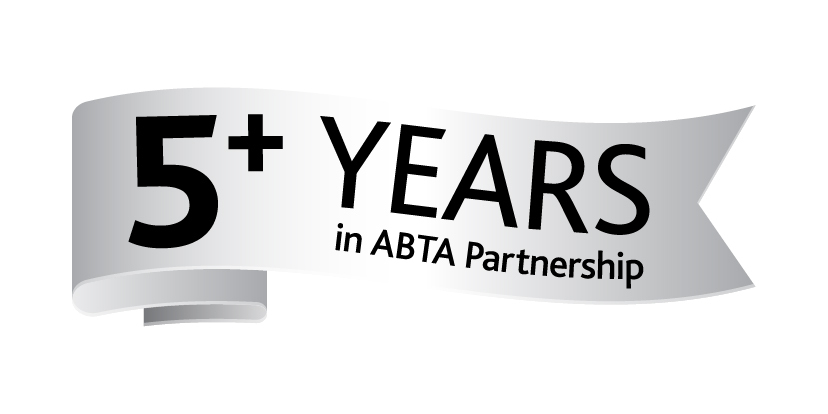A new report published this summer showed the global grocery market has grown by 15% to £37 billion. in 2016, global FMCG online sales grew by 26%, with e-commerce now contributing to 35% of global FMCG growth.
The report - Kantar Worldpanel's quarterly FMCG e-commerce index - showed sales continuing to rise, particularly in the world's most advanced e-commerce markets, with the UK seeing a 7% increase - the largest growth out of the mature markets, showing it is now more important than ever for FMCG brands to have an online presence.
Is the FMCG industry ready for the shift to online?
With almost everything we do moving online these days, we find that everything can be done for us with merely a click of a finger. But, is the FMCG industry really ready for the shift to the online world?
- In the ‘Future of e-commerce in FMCG’ study, it was found that e-commerce now accounts for 4.4% of FMCG sales globally, 7% of which is from the UK. It is expected that by 2025, the FMCG will have a market share of 12% in the UK (almost double its current share).
- Many retailers are facing the difficulty of only allowing consumers to purchase online if they spend a certain amount with them, resulting in many shoppers having to return to more traditional methods of shopping by visiting the store.
- Many companies are now overcoming this problem by thinking of creative ways to overcome this challenge. For example, many supermarkets are now extending their geographical reach of its deliveries as well as offering more precise time slots.
- The online world is growing larger each day and so brands must keep up and adopt a new strategy for their online presence to stand out in a crowded market.

Is social media the place for competing brands to stand out?
There is clear that there is a lot of competition between FMCG giants and smaller, emerging brands on social media and arguably, smaller brands are one step ahead.
- Some of the larger brands appear to perform quite poorly on some social media channels, mainly down to the fact that they do not use them as a ‘two-way’ channel to create engagement between the brand and the audience. They are often described as using social media as a ‘broadcasting channel’, rather than a method to engage with their audience on a more personal scale.
- There’s no doubt about it that social media is the best way to reach ‘generation now’.
- It acts as a free platform for smaller businesses to compete with big brands, with the advantage that they can start to build personal relationships with their current and future customers as they continue to grow.
- Larger brands tend to post content that restricts the engagement, however, they are starting to notice the success of smaller brands and so are starting to post more relevant content.

Could mobile advertising be the perfect partner for FMCG?
We are currently in the midst of a digital revolution, with people spending twice as much time online compared to a decade ago. Where the audience roams, advertising will follow. UK mobile ad spending is forecast to reach almost £7 billion by the end of the year (representing more than a third of the UK media ad investment).
Last year confirmed mobile web use had overtaken desktop use. FMCG brands are already adopting this approach and are currently the second highest spending industry on mobile advertising, however with mobile usage continuing to rise, other FMCG brands really do need to consider their online presence.
Further reading





